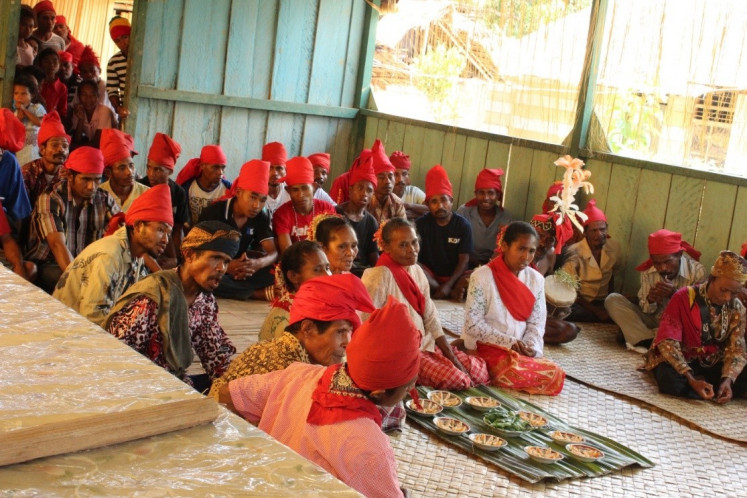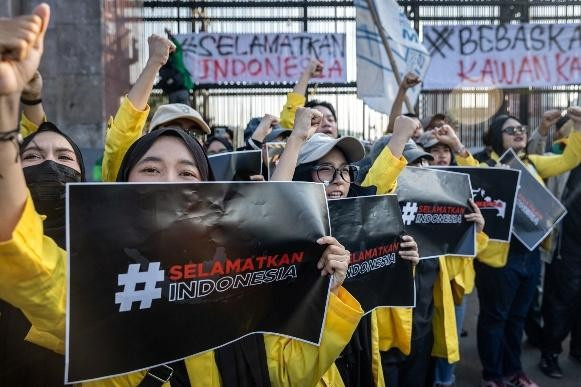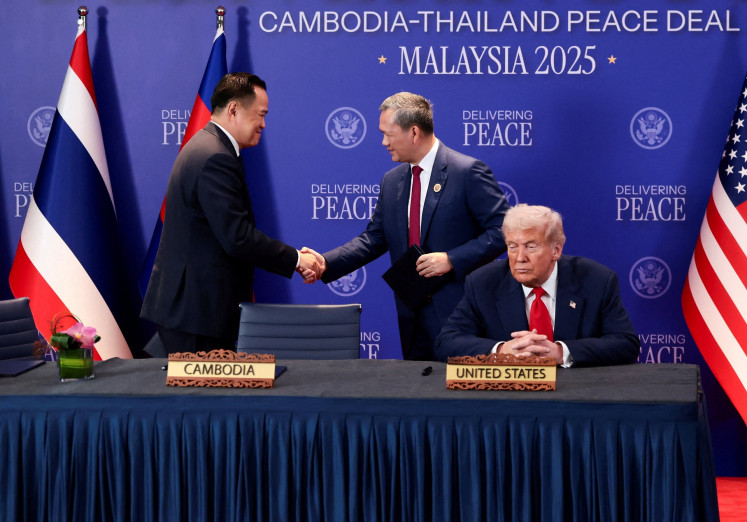Popular Reads
Top Results
Can't find what you're looking for?
View all search resultsPopular Reads
Top Results
Can't find what you're looking for?
View all search resultsWhen brands hit a wall in developing Asia
What holds them back? We have identified five common pitfalls and ways to overcome them.
Change text size
Gift Premium Articles
to Anyone
W
ith their huge and expanding consumer population and rising incomes, Asia’s developing markets may be the most promising place to sell fast-moving consumer goods (FMCG). But for too many brands, the region has become a quick place to fail. The game is changing at an ever-increasing pace, and many multinational and local brands struggle to keep up.
The changes are many. As their lives become more hectic, people buy more food and beverages to consume on the go, changing the rules for how and where brands sell those goods. Consumers prefer convenience stores over larger store formats, requiring brands to adapt their assortment mix and distribution strategies, among other big moves.
And consumers in the region are quickly moving online. China has 1.3 billion mobile phone subscriptions, and the six largest countries in Southeast Asia now boast over 200 million digital consumers — a 50 percent rise from 2016 to 2017. In three years, some 130 million consumers in India will purchase beauty and hygiene products online, according to a 2016 study by Bain & Company and Google.
Yet, less than 20 percent of brands outgrow their categories in this high-growth region, according to our research — that’s roughly the same proportion as in low-growth developed markets.


















